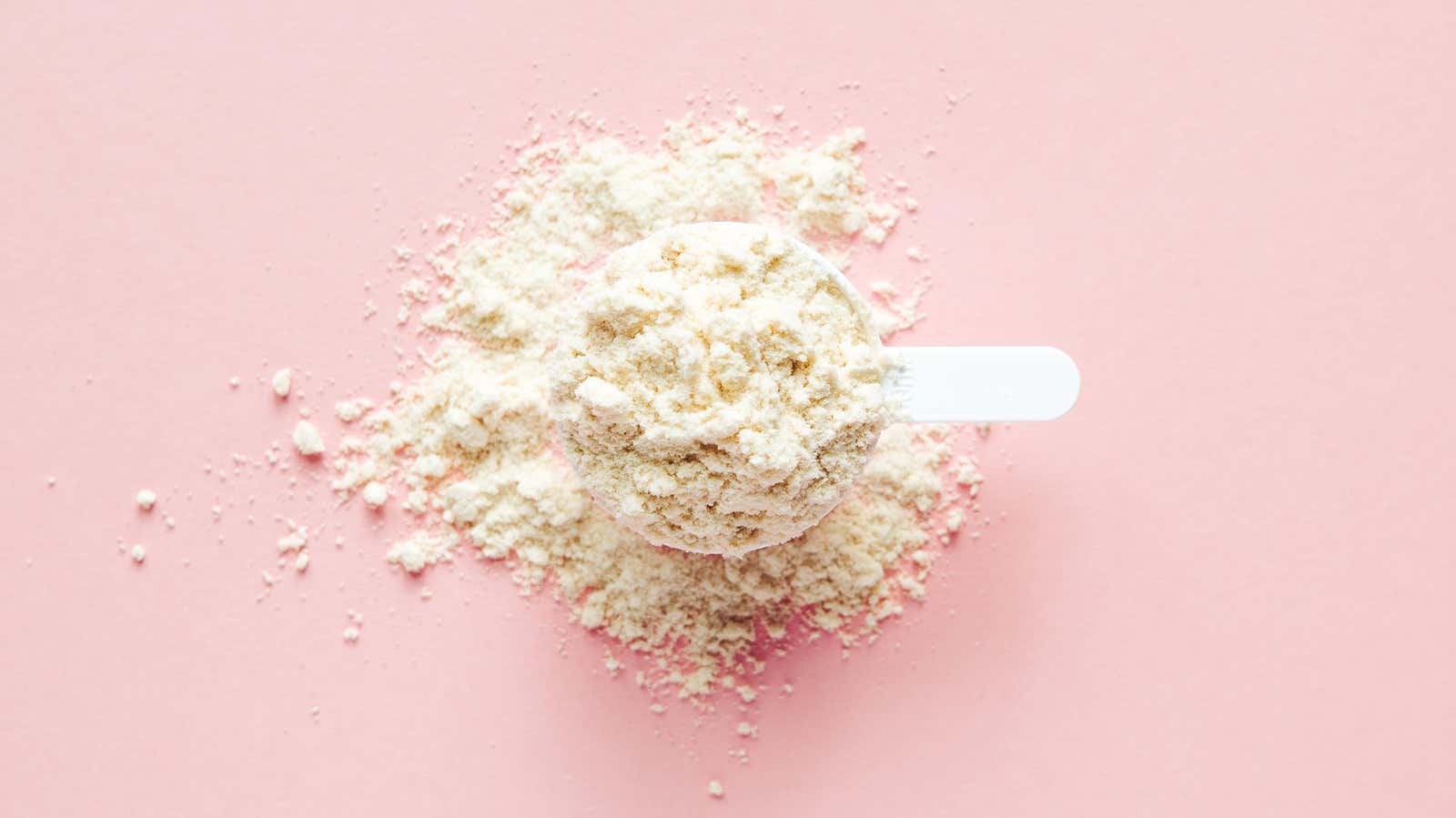All the Best and Worst Ways to Consume Protein Powder

Protein is an important macronutrient. If you’re into strength training, you need this to build muscle. If you run a lot, you need it so as not to lose muscle mass. If you’re on a diet, it helps fuel your body even when you’re low on calories, and if you’re eating foods that aren’t high in protein, supplements are one way to ensure you’re giving your body the building blocks. he must keep himself healthy. For these reasons, many of us use protein powder to get a little extra.
But what can you do with protein powder? There are a few obvious answers and a bunch of less obvious ones. Here’s a tour of the good, the bad, and the questionable.
Good: smoothies
This is the natural habitat of protein powders. Whatever kind you use, it should go well with smoothies . Throw some fruit in there (I like bananas and frozen mango chunks) and liquids (water if you’re watching calories, milk for more protein) and you’ll have something to drink, and if you haven’t fucked it up, delicious .
Good: lazy shakes
What if you don’t want to mess around with cleaning your blender? The good news is that a shaker drink can be almost as delicious, and can be made much faster. Fill this bottle with one cup of the liquid of your choice (I like almond milk, but water will do) and add a scoop of your favorite protein powder.
Fair warning: vegan protein powders don’t mix as well in a bottle, so you may need an immersion blender. (Here are some more tips for making plant-based protein shakes delicious .)
Good: yogurt
I use unflavored whey powder and it mixes perfectly and discreetly with yogurt . (Vanilla whey would probably be just as good; I can’t vouch for plant-based powders.) Throw in some fruit and honey, or maybe even some muesli or nuts, and you’ve got a full breakfast.
In general, anything milk-based should work well with dry whey (it’s just a component of milk, after all). It’s even good in ice cream, not that anyone necessarily thinks of ice cream as a healthy food. I haven’t tried it in cottage cheese or puddings, but I’ll bet money that it will work well in those as well.
OK: oats
Personally, I would rate protein oatmeal as “terrible,” but so many people love it that I have to bump this dish up a few categories. We’ll compromise on “OK”. If you are making oatmeal hot, be sure to add protein powder after cooking. Some people like it; others add protein to oatmeal. Whether you agree with me or most depends on how you feel about the resulting texture (I find it uncomfortably sticky), so make a test batch before you start cooking with oats.
Good: pancakes
Protein powders mix pretty well with pancake batter, and most flavorings won’t affect the flavor or texture too much (your choice if you like the flavored look; I’ve seen chocolate protein pancakes go well).
Doubtful: mashed potatoes
I didn’t have the courage to try it, but I see recipes online all the time. (The recipe is: You make mashed potatoes, but include protein powder in it.) By all accounts, this is actually good—which makes sense, given that milk, cream, or sour cream is usually a component of regular mashed potatoes, so the whey should not throw off the flavor too much. Even vegan protein powder is rumored to work . Whether or not they turn out as sticky as oats, I leave to the reader.
Recommended with caution: Coffee
Protein powder needs to be mixed smoothly if you want to drink it in liquid – that’s why a blender or shaker is usually taken – so it’s a bad choice to mix with coffee.
But there are ways to make it work. I was told that if you mix the whey powder with a little liquid in the bottom of the mug to make a paste and then pour in the coffee, it will take on the taste and texture of coffee with regular creamer.
Another option is to use collagen. Collagen is a protein, so collagen powder is technically a protein powder, but it is an incomplete protein and therefore cannot replace whey. However, it does have potential health benefits , so let’s not discount it. The beauty of collagen is that it dissolves imperceptibly in coffee or other liquids. And unlike gelatin, its close chemical relative, it doesn’t make liquids sticky at all. You simply add collagen and drink as usual.